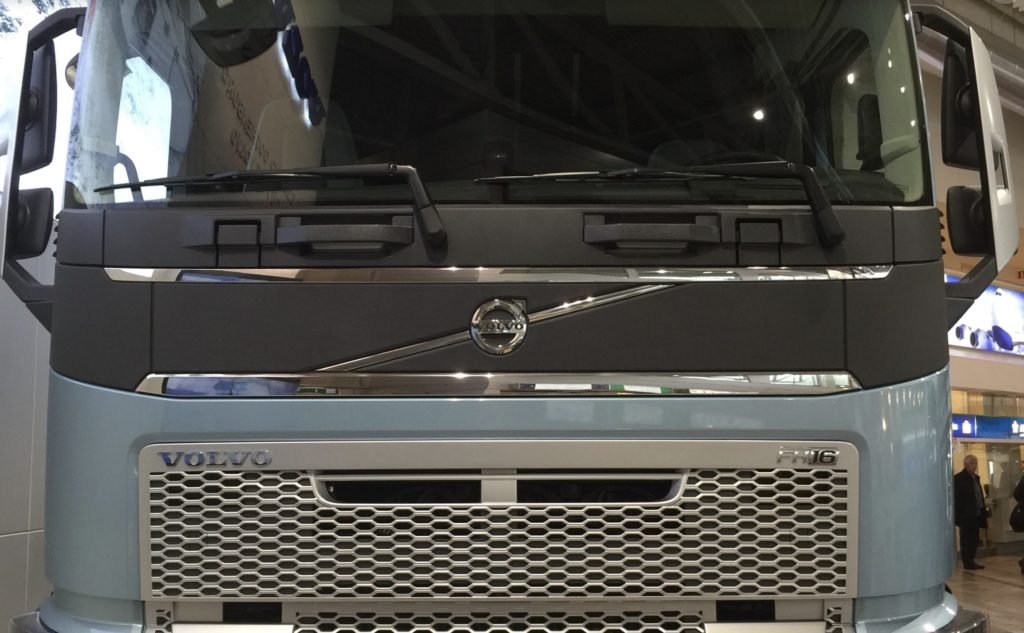
The market for large enterprise PLMs is very lucrative and complex. Practically every large OEM in this world already implemented one or two PLM solutions in the last 15-25 years. These companies are large, complex, and moving very slow. To sell to these accounts can take a few years of hard work for a PLM vendor, service providers, and consulting companies. It is like hunting elephants. However, when the team hits the deal, there is enough PLM food for everyone and the party will go on for a long time.
Engineering.com article written by Verdy Ogewell is a master of PLM vendor dramas, rolled out the story Jackpot for PTC at Volvo Trucks speaking about PTC winning at Volvo Trucks and multiple affiliated brands defeating Dassault Systemes, CATIA and ENOVIA.
According to the article, despite CATIA V5 being present in many automotive companies, the new version of CATIA V6 or 3DEXPERIENCE has had considerable difficulties breaking through in automotive. The article also hints that Windchill cPDM and BOM management functions and broader usage of product data across the value chain was instrumental to convince Volvo to move.
The bottom line is that Volvo has decided to unite its CAD platforms in a way that positions PTC’s products to function as the primary CAD and PLM solutions used in the Volvo Group for complete vehicle design.
The company intends to transform its IT architecture by consolidating PLM and CAD platforms to enable better use of product data throughout the value chain. In recent years, Volvo has also worked towards not only using Windchill’s PDM solutions as a cabinet for CAD files, but also working to gather things such as BOMs, change management solutions and more.
My favorite passage is related to the strategy of Volvo to build a single digital platform. Here is how it goes.
“Using a single PLM and CAD platform will serve as an important enabler in our digital technology transformation,” says Stenqvist. “By using this foundation, we see great opportunities to connect PTC’s IoT and AR solutions to our digital thread strategy.”
“This solution, which will utilize all the features of PTC’s Windchill PLM software and Creo on the CAD design side, is designed to promote collaboration between the Volvo Group’s PLM and CAD features and significantly increase the reuse of digital product data in the Volvo Group,” PTC writes in its press release.
I don’t have a dog in this big PLM fight, but the news made me think about large OEM strategies in everything that related to major decisions with regards to big PLM platform usage. Here is a question – will a single PLM platform become the only acceptable solution for large companies? It sounds like by all comments that digital transformation triggers the domino effect when a company is looking at how to transform the information flow and interoperability between systems to ensure everything is flowing smoothly.
I can see how data management is getting more important for companies and they are looking at how to make BOM and related product data available across the value chain. It also raises the awareness of how to make CAD data available and connected with the rest of the data.
Moving to a single platform is low-hanging fruit for any company in their way of thinking about how to prevent the data chaos, to ensure data integrations will work smoothly, and push the responsibility of the integrations to PLM vendors. The article made me think about what are the pros and cons of such a decision.
Pros:
1- It is easy. All PLM vendors are claiming their environments and platforms are well integrated and the information is well connected.
2- Single contract for responsibility (all vendors like to speak about vertical integration)
3- Simple upgrade. Having a single system simplifies the process of upgrades. Keep in mind that most enterprise PLM is still on-premise environments.
Cons:
1- Openness. A single vendor black hole (this is how Gartner’s Marc Halpern called vertical platforms) is a potential problem for openness and work with other systems, vendors, and environments.
2- Cost. Moving all systems to a single vendor is an inevitable need to upgrade all systems to new ones coming from the same vendor. So, there is a cost implication. They hope that simple integrations will offset the cost of the upgrade, but sometimes it is very optimistic.
3- Risk mitigation and single point of failure. Placing all eggs in a single basket is what you do when you go with a single vendor. I guess it can be managed, but it is a factor to keep in mind.
What is my conclusion?
The PLM industry was hunting elephants from the beginning. There is nothing new in fact PLM vendors are looking to get a big OEM and to ensure how all systems and processes are supported by a single vendor. In the past, some manufacturing companies were working with multiple vendors to mitigate the risk of a single vendor dependency. Is it going to change in the modern digital transformation reality? Does it mean digital elephants are easy to hunt and they are actually looking at how to settle on a single vendor platform? Will a single PLM platform become the only acceptable solution for large companies? These are not simple questions, but manufacturing companies will be facing more of these moving forward in the 2021s. Just my thoughts…
Best, Oleg
Disclaimer: I’m co-founder and CEO of OpenBOM developing a digital network-based platform that manages product data and connects manufacturers, construction companies, and their supply chain networks. My opinion can be unintentionally biased.
The post PLM and Hunting Digital Elephants appeared first on Beyond PLM (Product Lifecycle Management) Blog.



Be the first to post a comment.